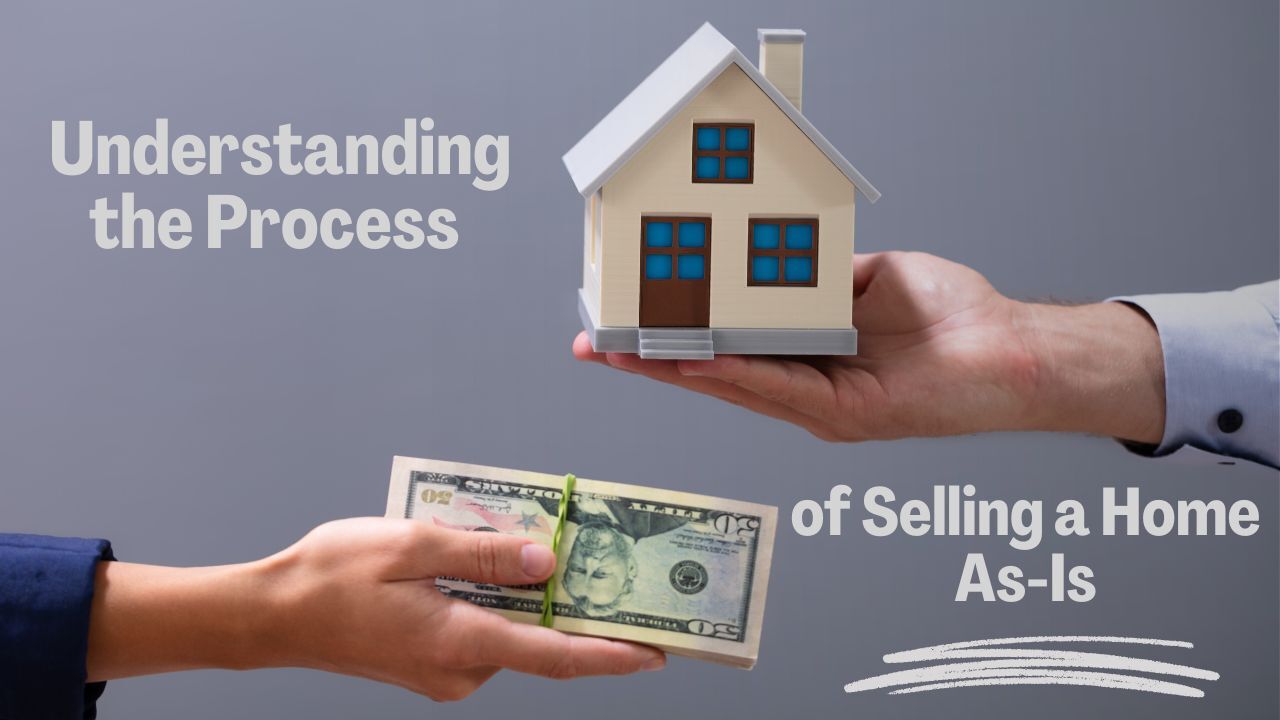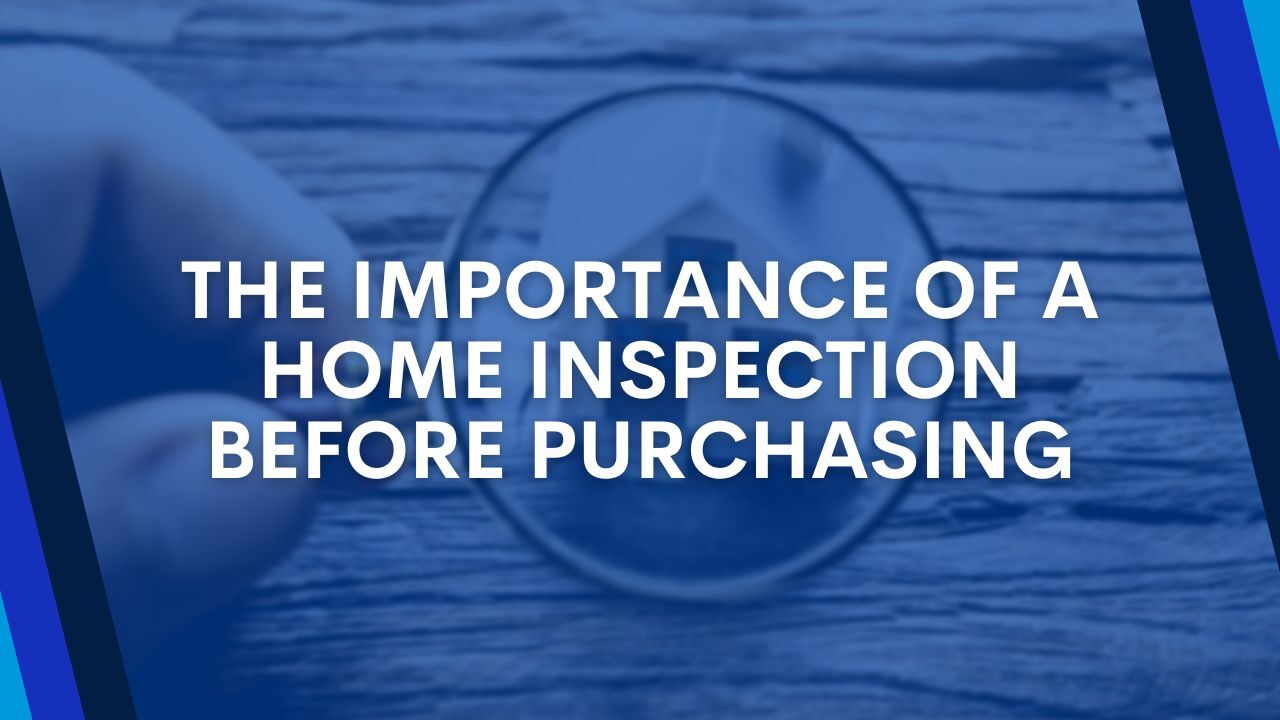 Investing in real estate is often seen as a venture for those with significant capital, but that’s not always the case. Even with a limited budget, there are still opportunities to enter the real estate market and start building wealth. Whether you’re looking for passive income or long-term gains, here are some strategies to consider for investing in real estate on a budget.
Investing in real estate is often seen as a venture for those with significant capital, but that’s not always the case. Even with a limited budget, there are still opportunities to enter the real estate market and start building wealth. Whether you’re looking for passive income or long-term gains, here are some strategies to consider for investing in real estate on a budget.
- Start with a House Hacking Strategy
House hacking is one of the most popular strategies for real estate investment when you’re on a limited budget. It involves buying a multi-unit property, such as a duplex, triplex, or fourplex, living in one unit, and renting out the others. The rental income from the other units can help cover your mortgage and even generate additional income. This strategy allows you to start building equity in a property while keeping your living expenses low.If you’re not ready for a multi-unit property, house hacking can also work with single-family homes by renting out extra rooms. While this option won’t generate as much income as renting out entire units, it still offers a way to offset housing costs.
- Look for Properties in Undervalued Areas
Location plays a significant role in real estate investments, and choosing the right area is key to making a profitable investment. If you’re working with a limited budget, consider looking for properties in up-and-coming or undervalued neighborhoods. These areas may have lower property prices but the potential for growth in the future.By investing in these neighborhoods early, you can benefit from property value appreciation as the area develops. Pay attention to factors like local infrastructure projects, new businesses, and improving schools, which can all indicate that a neighborhood is on the rise.
- Consider Real Estate Investment Trusts (REITs)
If you’re not in a position to buy property directly, Real Estate Investment Trusts (REITs) provide an alternative way to invest in real estate with a limited budget. REITs allow you to invest in a diversified portfolio of real estate properties, such as apartment buildings, shopping centers, and office buildings, without the need to buy and manage physical properties yourself.REITs are traded on major stock exchanges, making them accessible to investors with small amounts of capital. Many REITs also pay dividends, providing a steady income stream, and they can be a great way to gain exposure to the real estate market without the high upfront costs.
- Look for Foreclosures or Auctions
Foreclosed homes and properties sold at auction can be a way to acquire real estate below market value. Lenders and government agencies often sell foreclosed properties at a significant discount in order to recoup their losses. Auctions can also be a source of good deals, though it’s important to do thorough research before bidding on any property.Keep in mind that buying foreclosed properties or auction homes often comes with risks, such as hidden repair costs or legal complications. However, with proper due diligence, you can find properties that offer good returns on investment for a lower price.
- Partner with Other Investors
If your budget is too limited to purchase a property on your own, consider partnering with other investors. Joint ventures allow you to pool your resources and share the costs and responsibilities of the investment. This can be a win-win situation, as you get access to larger and more lucrative properties, while the financial burden is spread among multiple investors.Before entering into a partnership, it’s important to clearly define each partner’s roles, contributions, and expectations. Having a legal agreement in place can help avoid conflicts down the line.
- Explore Seller Financing
Seller financing is another way to invest in real estate with little upfront capital. In a seller-financed deal, the seller acts as the lender and you make monthly payments directly to them instead of securing a traditional mortgage from a bank. This can be an attractive option for buyers with limited credit or insufficient funds for a large down payment.Seller financing can also allow for more flexible terms, such as lower interest rates or a smaller down payment, making it an appealing option for those working with a tight budget. Be sure to have a professional involved to help negotiate the terms and ensure the deal is structured correctly.
- Leverage Government Programs for First-Time Homebuyers
For first-time homebuyers, there are various government programs available that can help reduce the financial burden of purchasing a property. These programs typically offer lower down payment requirements, favorable interest rates, and even down payment assistance. By taking advantage of these programs, you can enter the real estate market with a smaller initial investment.
Investing in real estate with a limited budget is entirely possible if you approach it strategically. Whether you start with house hacking, invest in REITs, or explore opportunities like seller financing or foreclosures, there are many ways to get your foot in the door. By being creative, doing your research, and partnering with the right professionals, you can begin building wealth through real estate without a large upfront investment.
 When buying a home, many factors need to be considered, and one that may not always come to mind right away is the driveway. If you’re looking at a property with a shared driveway, it’s important to understand how this shared space can affect your experience as a homeowner. While a shared driveway can be an attractive feature in some situations, it can also present challenges. Here are some tips to keep in mind when buying a home with a shared driveway.
When buying a home, many factors need to be considered, and one that may not always come to mind right away is the driveway. If you’re looking at a property with a shared driveway, it’s important to understand how this shared space can affect your experience as a homeowner. While a shared driveway can be an attractive feature in some situations, it can also present challenges. Here are some tips to keep in mind when buying a home with a shared driveway. Selling a home through probate can seem complicated, especially when you’re grieving the loss of a loved one. However, understanding the process can help alleviate some of the stress and ensure the sale goes smoothly. Probate is the legal process through which a deceased person’s estate is administered, and it includes the distribution of assets, including real property. If you’re the executor of an estate or a beneficiary, selling a home through probate requires following certain legal steps and working with the right professionals to ensure everything is handled correctly.
Selling a home through probate can seem complicated, especially when you’re grieving the loss of a loved one. However, understanding the process can help alleviate some of the stress and ensure the sale goes smoothly. Probate is the legal process through which a deceased person’s estate is administered, and it includes the distribution of assets, including real property. If you’re the executor of an estate or a beneficiary, selling a home through probate requires following certain legal steps and working with the right professionals to ensure everything is handled correctly.
 For many renters, the idea of homeownership feels just out of reach. Rising home prices, limited inventory, and financial uncertainty can make the process seem overwhelming. But with a clear plan, the right guidance, and a one-year commitment, you can move from renter to homeowner, and take control of your financial future.
For many renters, the idea of homeownership feels just out of reach. Rising home prices, limited inventory, and financial uncertainty can make the process seem overwhelming. But with a clear plan, the right guidance, and a one-year commitment, you can move from renter to homeowner, and take control of your financial future. Eco-friendly living is more than just a trend, it is becoming a priority for today’s homebuyers. While solar panels often get the spotlight, there are many other green features that not only reduce your environmental footprint but also boost your home’s resale value. If you are thinking of making upgrades before selling, or you are a buyer looking for long-term savings, these sustainable features deserve a closer look.
Eco-friendly living is more than just a trend, it is becoming a priority for today’s homebuyers. While solar panels often get the spotlight, there are many other green features that not only reduce your environmental footprint but also boost your home’s resale value. If you are thinking of making upgrades before selling, or you are a buyer looking for long-term savings, these sustainable features deserve a closer look. Selling a home as-is can be a practical option for homeowners who want to avoid making repairs before listing. However, understanding what it means to sell as-is, and how it affects the process, is essential for a smooth transaction. This approach can attract certain buyers, but it also requires clear communication and realistic expectations.
Selling a home as-is can be a practical option for homeowners who want to avoid making repairs before listing. However, understanding what it means to sell as-is, and how it affects the process, is essential for a smooth transaction. This approach can attract certain buyers, but it also requires clear communication and realistic expectations. Buying a home is one of the biggest financial commitments most people make in their lifetime. While the process can be exciting, it is also full of important steps that protect your investment. One of the most critical yet sometimes overlooked steps is the home inspection.
Buying a home is one of the biggest financial commitments most people make in their lifetime. While the process can be exciting, it is also full of important steps that protect your investment. One of the most critical yet sometimes overlooked steps is the home inspection.
 Purchasing a home is one of the most important financial and emotional decisions most people will make. While it can be exciting, it can also lead to disappointment if key factors are overlooked during the process. As a real estate professional, I often hear from buyers who wish they had done things differently. Below are the most common home buying regrets and what you can do to avoid them.
Purchasing a home is one of the most important financial and emotional decisions most people will make. While it can be exciting, it can also lead to disappointment if key factors are overlooked during the process. As a real estate professional, I often hear from buyers who wish they had done things differently. Below are the most common home buying regrets and what you can do to avoid them.